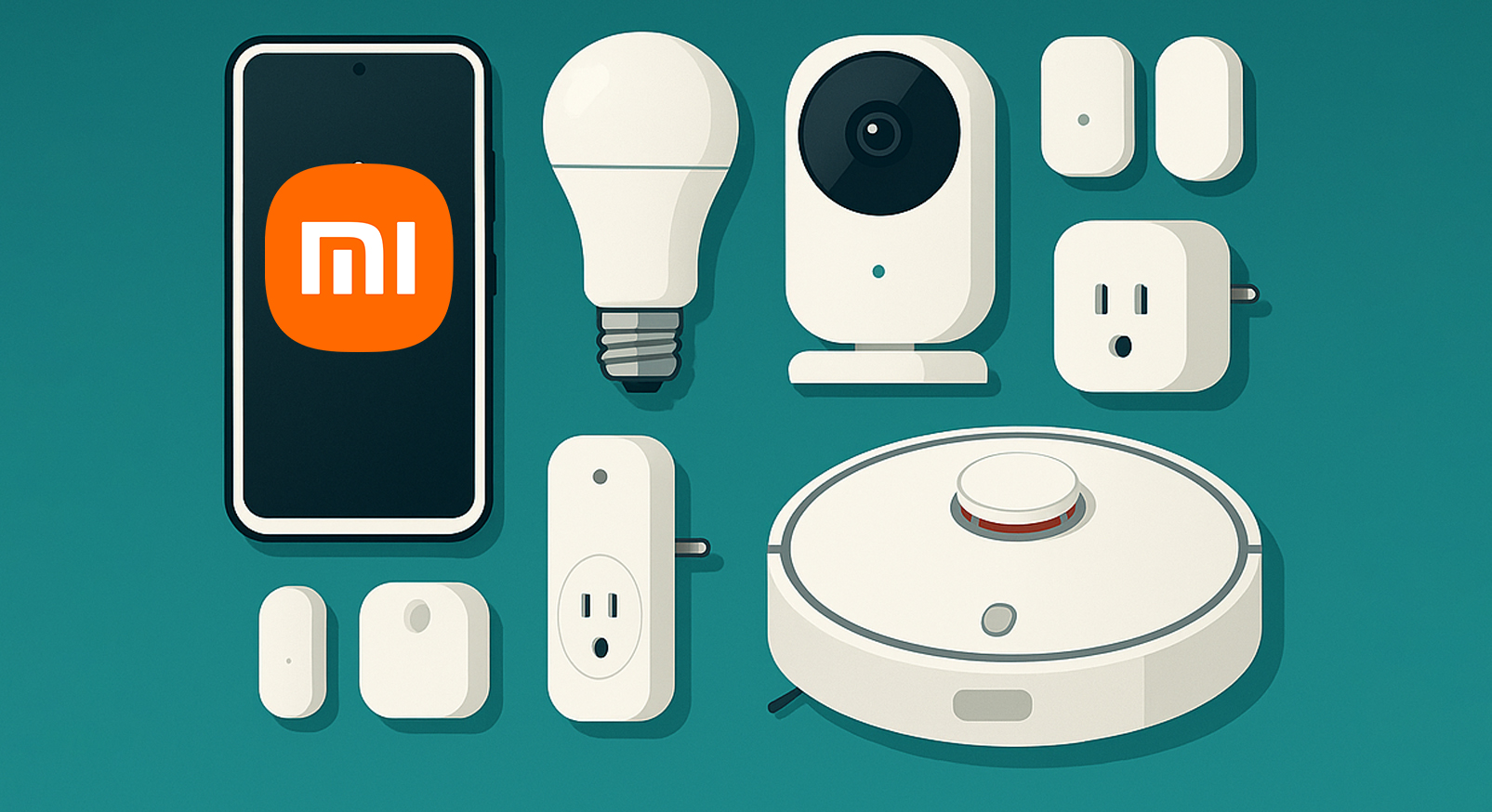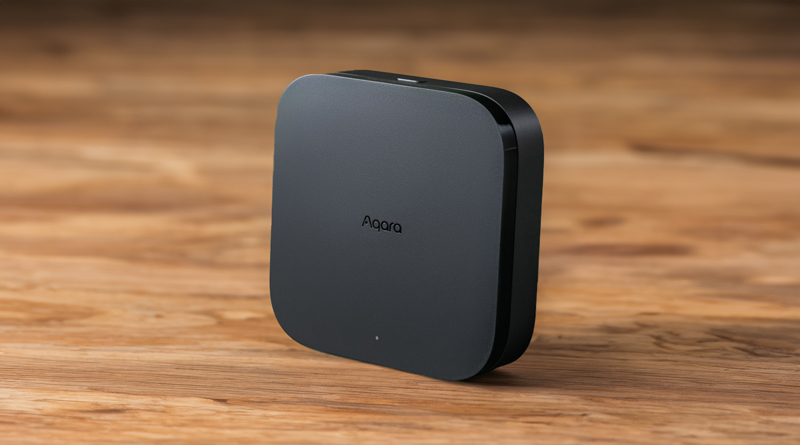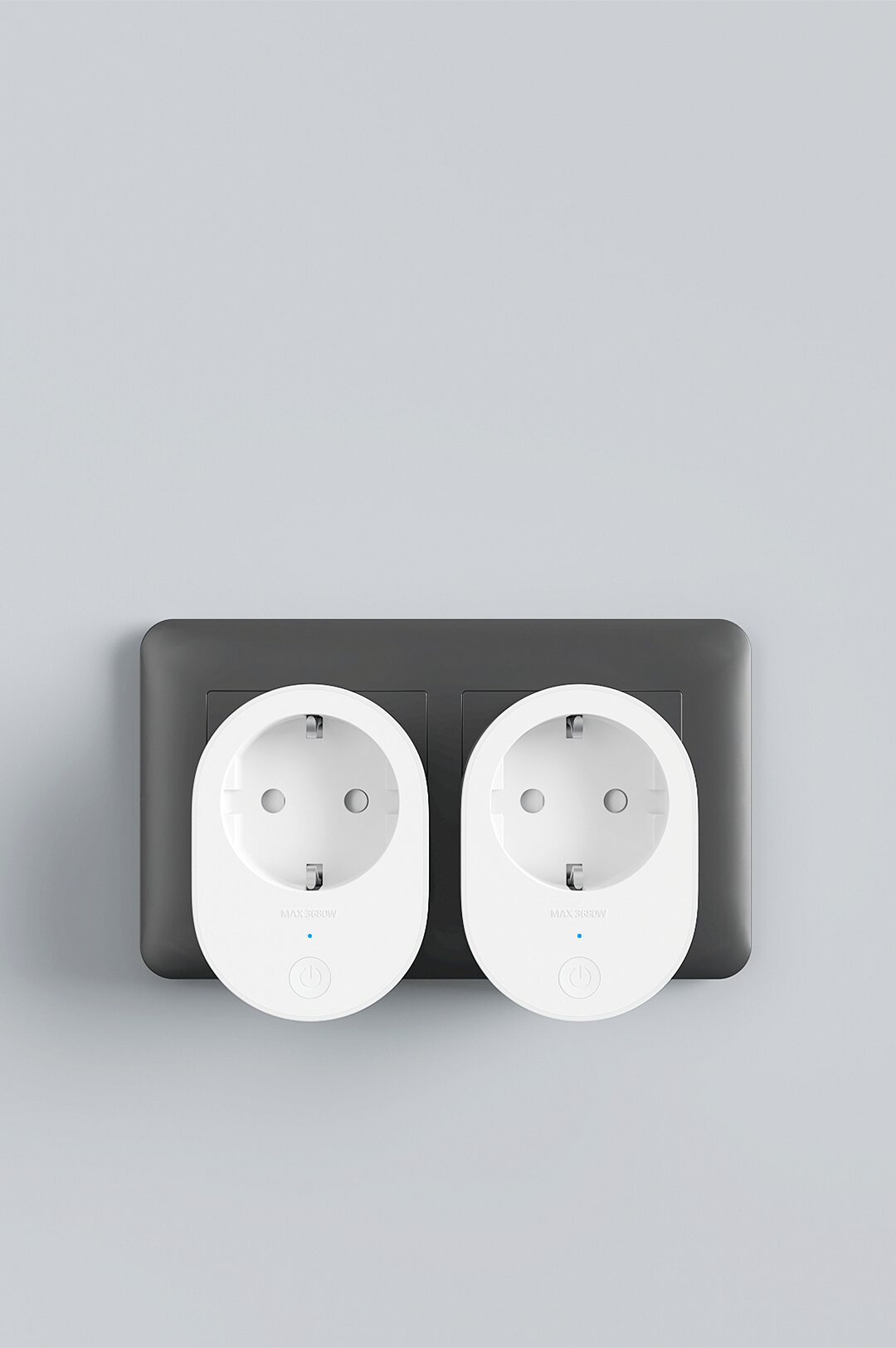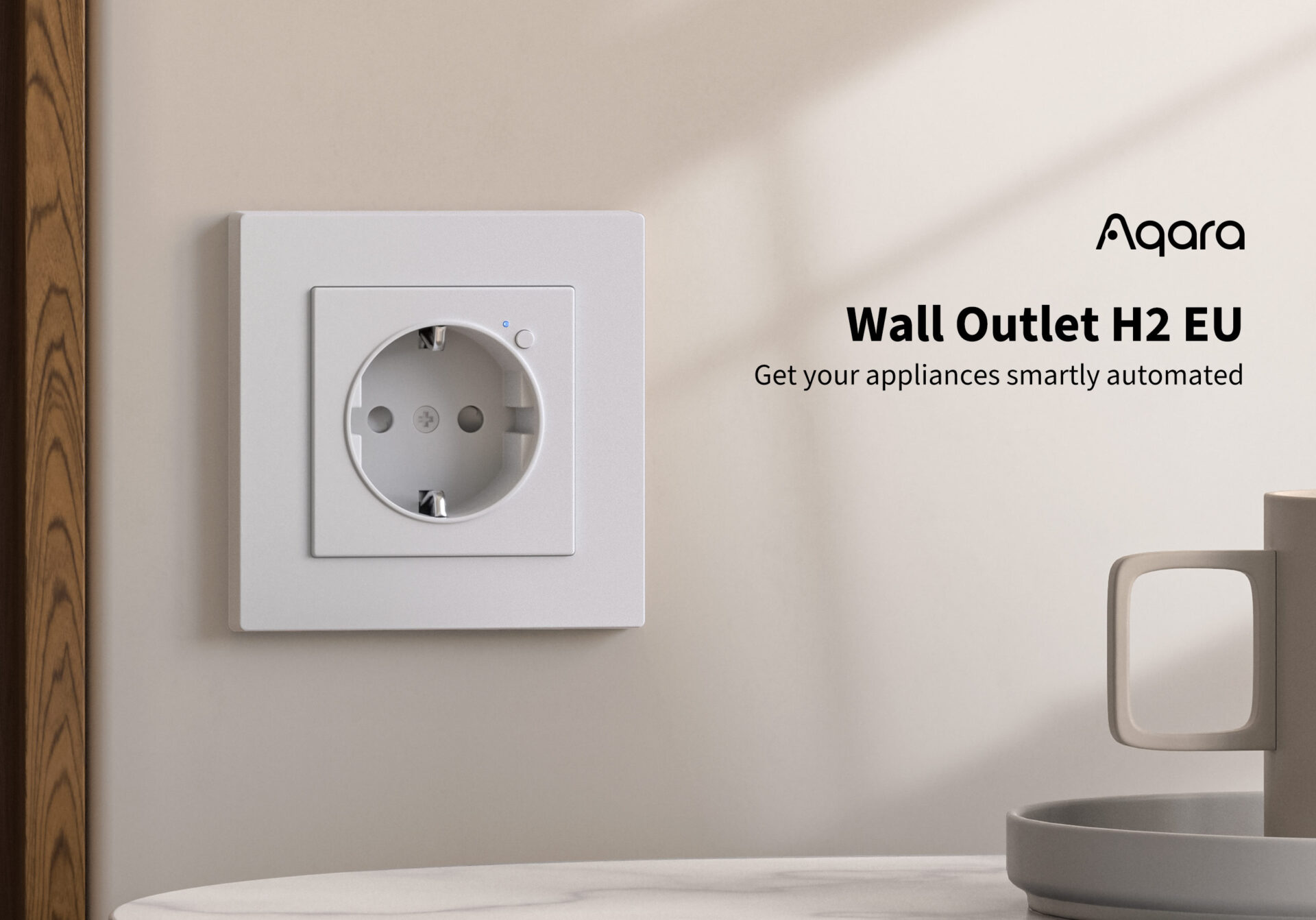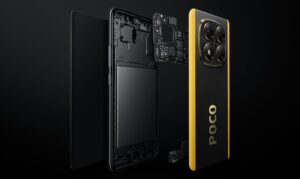It is technically possible to integrate every electrical socket and light switch into one unified Xiaomi Home environment, which represents one of the most scalable smart-home transition paths available today. The transition requires correct ecosystem selection, appropriate communication protocols, and structured planning to ensure its long-term stability across all devices.
Understanding the Xiaomi Home Ecosystem
Xiaomi Home is designed to be a control layer that interfaces with Xiaomi and Aqara hardware over Wi-Fi, Zigbee, and Bluetooth Mesh. One key limitation is that not all “smart” devices out there are compatible with Xiaomi Home. Devices by brands like TP-Link Tapo or Tuya Smart Life run on different cloud services and therefore cannot be added directly.
A successful project therefore relies on strict ecosystem discipline. All devices have to be sourced from either Xiaomi (Mijia) or Aqara as both brands are fully compatible & have long term platform support. Aqara is an ecosystem partner of Xiaomi and functions seamlessly inside Xiaomi Home when connected through a Hub.
Communication Protocols: Wi-Fi vs. Zigbee
A home with dozens of smart switches and sockets cannot rely on Wi-Fi. Each Wi-Fi device will put a burden on the router, and consumer routers are not designed to handle 40–70 simultaneous IoT connections. A Zigbee mesh distributes the communication across the network and puts zero additional load on the router – only the Hub connects to Wi-Fi.
Therefore, installations of Xiaomi Home follow a hybrid structure:
Wi-Fi devices: Good for low-quantity plug-in devices.
- Zigbee devices: Installation for lighting infrastructure and wall-mounted switches is obligatory.
- Hub/Gateway: This is required for Zigbee and Bluetooth Mesh devices.
The most recommended options available globally include Aqara Hub M3, Aqara Hub M2, and Aqara Hub E1. Their prices usually fall between $50–$110 USD, depending on the model.
Smart Socket Integration Strategies
Xiaomi Smart Plugs
The most straightforward upgrade path is the external Xiaomi Mi Smart Plug devices. They install tool-free and connect directly to Wi-Fi. Their typical global pricing ranges from $28–$33 USD.
These devices are suitable for lamps, fans, heaters, and kitchen appliances. To install, plug them in and add them via Xiaomi Home’s device discovery interface.
In-Wall Smart Sockets
Aqara in-wall sockets offer another aesthetically more permanent option. Operating over Zigbee, they provide energy-consumption monitoring. Installation requires safe handling of live, neutral, and earth conductors and may require a certified electrician. Typical global pricing ranges between $28–$60 USD.
Smart Lighting Switch Conversion
The Critical Question: Do You Have a Neutral Wire?
Most homes do not include a neutral wire inside the switch box. Zigbee smart switches need constant power; neutral wiring defines installation feasibility. If neutral is absent, users must select neutral-free models.
Switch Solutions Based on Wiring
Neutral-Free Smart Switches
Aqara’s neutral-free switches operate by drawing minimal current through the lamp circuit. They should work with most LED bulbs, though some ultra-low-wattage LEDs may require a load capacitor.
Examples include:
- Aqara E1 Neutral-Free
- Aqara H1 Neutral-Free
Their average global prices range from $28–$42 USD.
Neutral Required Switches
They offer higher stability and wider bulb compatibility. They are designed for newer buildings that have neutral wiring.
Typical prices range from $35–$55 USD.
Installation Considerations
All switch installations require:
- Power cut before opening the box
- Verification of wiring by using a non-contact voltage tester
- Proper identification of live, load, and neutral conductors
- Hub pairing inside Xiaomi Home for Zigbee models
These steps will ensure operational safety and reliable pairing of devices.
It’s perfectly possible to convert an entire home’s electrical outlets and switches to Xiaomi Home. The key to a reliable and scalable installation is strict adherence to Xiaomi and Aqara devices, choosing Zigbee for fixed infrastructure, and early planning based on wiring conditions like the presence of a neutral line. Implemented correctly, Xiaomi Home will manage every lighting zone, socket, and automation rule from one interface for a seamless smart home environment.


 Emir Bardakçı
Emir Bardakçı